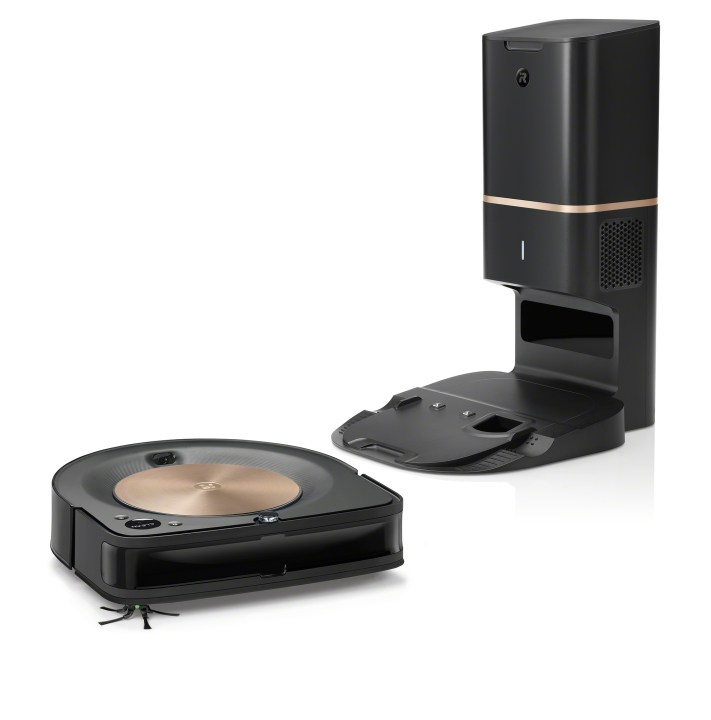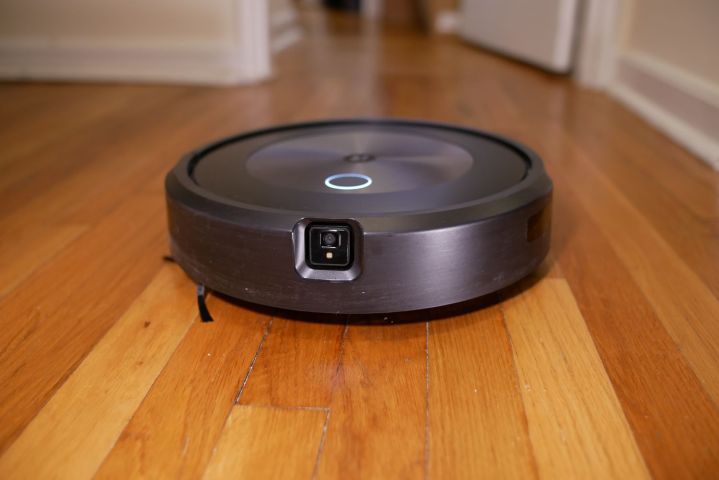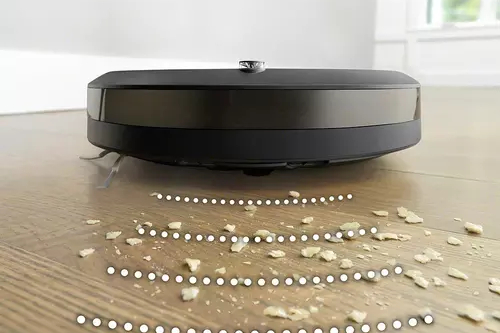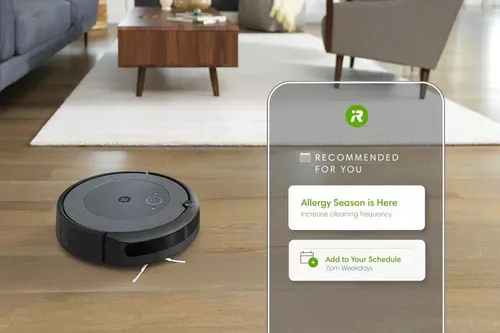The future of iRobot is getting very interesting now that the Roomba manufacturer has been purchased by Amazon, but for now, they remain a household name for robot vacuums and everything they’re capable of around the home. Buyers, however, have an additional problem: There are a lot of different Roomba models, and the price variations can be very steep. Wondering which one is right for you or if you should consider other brands as well as Roombas? We’re here to help with our overview of the most popular Roomba models, how they differ, and which might be the right fit for you.
What is the difference between the primary Roomba models?
Roomba s9+

Best for: hands-off cleaning with automatic dirt disposal and power carpet cleaning.
The Roomba s9+ is one of the most advanced models that Roomba has created. It features the latest advancements that many current Roombas have in common, including vSLAM navigation, improved suction power, which iRobot claims is 40 times more powerful than its earlier models, and a combination of a corner brush plus rubberized, dual, multisurface brushes below. It also has a design that can clean corners and carpets.
The s9+ also has the expected app support and technology. On board, you’ll find the ability to give voice commands (Alexa and Google Assistant), smart mapping with the ability to create keep-out modes, dirt detection, automatic adaption to hard flooring or carpets, and more.
In addition to its power, one of the most important things that sets the s9+ apart is its ability to head back and empty its waste bin at its charging station, which is why the charging station is so large. Your Roomba can clean for months without you needing to worry about emptying it.
Roomba s9

Best for: The s9 has largely been phased out in favor of the s9+, but it may allow you to save money.
If you guessed that the s9 is similar to the s9+, you’d be right. In fact, the two models have a whole lot in common, including their powerful suction, design, and navigation technology. The smart app features are all still here, too. But there’s one huge difference: The s9 doesn’t have the ability to automatically dispose of dirt from its own bin to a larger version, which isn’t included. To add this capability, you need to buy an alternative Clean Base. The s9 has largely been replaced by the s9+ since iRobot decided to bundle the two together.
Roomba j7+

Best for: busier homes where Roombas may need to navigate around objects and messes.
The j7+ is an interesting alternative to the s9+ with a different set of advantages that may be better for busy homes. It has lower suction (10 times improved instead of 40 times), so it won’t work as well when deep cleaning carpet, and the design isn’t as corner-friendly. But in return, the j7+ has better navigation skills and smarter decision-making: It can detect new objects and avoid them, then add them to its map and send you a notification about that object. This feature makes it ideal for homes where toys or other things may get left around a lot or houses where Roombas may need to avoid some cat hairballs or similar pet misdeeds.
Roomba j7

Best for: saving a little money compared to the j7.
There’s a very similar comparison here to the s9+ and s9. In other words, while the j7+ comes with its own Clean Base that supports automatic dirt disposal, the j7 does not. It may be a way to save some money, but once again, the j7 isn’t as common as the j7+ upgrade.
Roomba i3+ EVO

Best for: Roomba fans on a budget who still want automatic dirt disposal.
The i3+ is a different prospect entirely from the s9 and j7 lines. For the i3, iRobot does not include a lot of its advanced smart navigation and targeting capabilities. The Roomba can still avoid cliffs, clean specific rooms by command, and navigate around furniture, but more precise navigation is beyond its capabilities. Like the j7+, the i3+ has 10 times the suction power of earlier 600 models. So, what’s the draw here? The i3+ is far more affordable than either the s9 or j7 lines, a budget option that still includes automatic dirt disposal and Roomba’s app options.
Roomba i3 EVO

Best for: those who want a Roomba closer to the cost of a traditional vacuum and don’t mind skipping automatic dirt disposal.
You guessed it: The i3 EVO skips out on the Clean Base and the ability to automatically dump the Roomba’s bin at its station. In this case, it’s another big price drop that may make it a good choice for those who want to save even more.
Roomba E5
Best for: It’s not really a viable option when the i3 EVO exists
While you can still find the E5 for sale, it’s currently outclassed by the previous Roomba lines. Suction is lower at 5 times the original lines, and pricing isn’t significantly different from the i3 EVO. Roomba isn’t even selling the E5 on its own site any longer, so we can’t really recommend getting it when you give up a lot just to save $30 or so.
Roomba 600 Series
Best for: those interested in a low-budget Roomba who don’t mind outdated models.
You can still find the 600 series for sale in some places, including the 614, 675, and 690. These are generally budget models, early versions of Roombas that lack the advanced suction and navigation options of all other models. There’s not much reason to choose one of these models now, although you may be able to find some great deals on these Roombas.
Which model of Roomba is best?
The s9+ and j7+ are both the best Roombas but in different ways. The s9+ provides more power for carpets and is better designed for corners, while the j7+ is better at navigating around new obstacles.
What are the different levels of Roomba?
Currently, the primary levels of Roombas are the s9, the j7, and the i3. Older models may still be available but aren’t being actively sold by iRobot. There’s also a Braava mop bot option. Of course, which products may stay around is uncertain right now with the recent Amazon purchase.
What is the difference between i3 and j7 Roomba?
The i3 line is a more affordable option with less suction and fewer smart navigation features than the j7.


